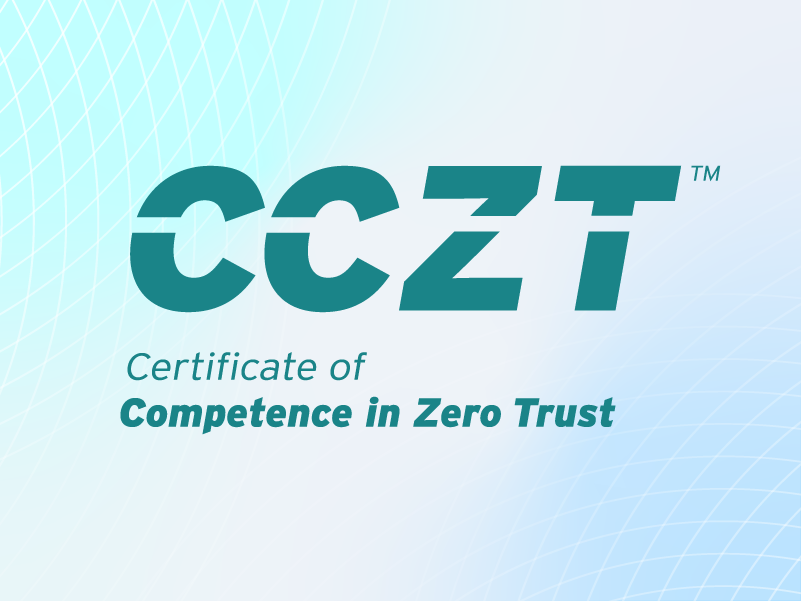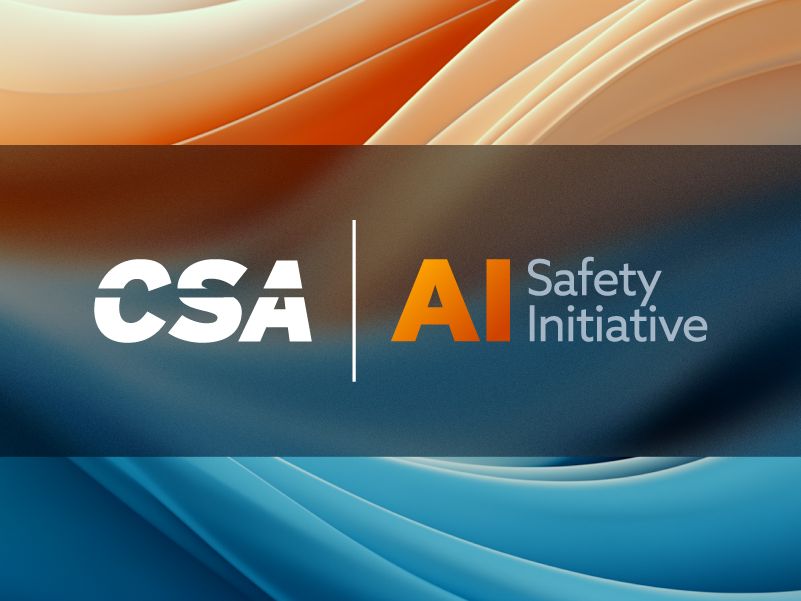The OWASP Top 10 for LLMs: CSA’s Strategic Defense Playbook
Published 05/09/2025
Written by Olivia Rempe, Community Engagement Manager, CSA.
As large language models (LLMs) reshape how businesses operate and innovate, they also introduce new categories of risk. Recognizing this, the OWASP Top 10 for LLM Applications (2025) provides a standardized framework for the most critical vulnerabilities facing AI systems today.
At CSA, we have developed actionable guidance to address each of these risks. This blog post maps OWASP's Top 10 to CSA's strategic recommendations, offering organizations a practical roadmap for responsible and secure GenAI adoption.
LLM01: Prompt Injection
Defending Against Prompt Injection: CSA emphasizes a layered approach:
- Hardened Input Handling: Strengthen input validation, allowlists, and anomaly detection.
- Continuous Monitoring: Track injection attempts and integrate SIEM alerts.
- Defense-in-Depth: Use adversarial testing, threat intel, and fallback logic.
- Feedback Loop: Undergo red team simulations and fuzz testing.
- Access Control: Use RBAC/ABAC for prompt interfaces and configuration audits.
Read more in “AI Organizational Responsibilities: AI Tools and Applications”
LLM02: Sensitive Information Disclosure
Preventing Sensitive Information Disclosure: CSA recommends a lifecycle approach:
- Limited Exposure: Avoid production data in training; use differential privacy.
- Filtered Inputs/Outputs: Sanitize prompts and enforce policy-aware output controls.
- Restricted Context Retention: Encrypt history and enforce context scoping.
- Authorization Controls: Use RBAC/ABAC for RAG and sensitive queries.
- Logging & Alerts: Monitor for leakage and exfiltration patterns.
Read more in “CSA Large Language Model (LLM) Threats Taxonomy”
LLM03: Supply Chain Vulnerabilities
Securing the AI Supply Chain: CSA highlights:
- Inventory Tracking: Use SBOMs, licenses, and component mapping.
- Vetting & Monitoring: Undergo CVE checks, versioning, and behavioral testing.
- Zero Trust Posture: Review sandbox integrations and boundary enforcement.
- DevSecOps Integration: Use risk scoring, pinning, and validation pipelines.
- Community Engagement: Participate in CSA STAR for AI and other secure development coalitions.
Read more in “AI Organizational Responsibilities: AI Tools and Applications”
LLM04: Data and Model Poisoning
Defending Against Data Poisoning: Key strategies include:
- Source Vetting: Use provenance tracking and dataset integrity checks.
- Sanitization: Undergo human review and data anomaly filtering.
- Behavioral Monitoring: Detect model drift with adversarial testing.
- Lifecycle Security: Review version control, access audits, and rollback plans.
- Shared Responsibility: Implement cross-functional ownership of data quality.
Read more in “AI Risk Management: Thinking Beyond Regulatory Boundaries”
LLM05: Improper Output Handling
Handling LLM Outputs Safely: CSA urges output to be treated as untrusted:
- Filtering & Validation: Scan for hallucinations, bias, and toxicity.
- Human-in-the-Loop: Review high-risk responses before use.
- Drift Detection: Use audit logs and behavioral monitoring.
- Context-Aware Guardrails: Implement role-based fallback strategies.
- Feedback Mechanisms: Implement user flagging and retraining integration.
Read more in “AI Organizational Responsibilities: AI Tools and Applications”
LLM06: Excessive Agency
Mitigating Excessive Agency in AI Systems: CSA's governance framework includes:
- Restricted Autonomy: Review bounded tasks and pre-approved capabilities.
- Oversight by Design: Use human checkpoints and explainability tools.
- Transparent Architecture: Review logging, system cards, and telemetry.
- Adversarial Testing: Undergo simulations for unsafe emergent behaviors.
- Lifecycle Governance: Implement risk reviews and interdepartmental controls.
Read more in “AI Risk Management: Thinking Beyond Regulatory Boundaries”
LLM07: System Prompt Leakage
Mitigating System Prompt Leakage: CSA outlines:
- Prompt Isolation: Separate user inputs from system instructions.
- Metadata Protection: Strip system-level data from user responses.
- Secure Prompt Storage: Review versioning, audit logs, and secret management.
- Injection Monitoring: Validate inputs and flag suspicious behavior.
- Leak Testing: Implement QA pipelines that simulate extraction attempts.
Read more in “Securing LLM Backed Systems: Essential Authorization Practices”
LLM08: Vector and Embedding Weaknesses
Mitigating Vector and Embedding Weaknesses: CSA emphasizes securing the RAG layer:
- Access Controls: Implement embedding-level RBAC and document filtering.
- Real-Time Authorization: Use contextual enforcement at retrieval time.
- Semantic Boundaries: Prevent cross-document inference risks.
- Exposure Minimization: Avoid API leakage and purge stale vectors.
- Anomaly Monitoring: Monitor for spot probing or inference-based misuse.
Read more in “Securing LLM Backed Systems: Essential Authorization Practices”
LLM09: Misinformation
Fighting Misinformation in LLMs: CSA’s content integrity measures include:
- Grounding Responses: Use RAG with verified sources.
- Fact Checking: Implement automated validation and output classification.
- Human Oversight: Undergo HITL review in high-stakes applications.
- Drift Monitoring: Implement output audits and reproducibility controls.
- Misinfo Testing: Stress test against hallucination benchmarks.
Read more in “CSA Large Language Model (LLM) Threats Taxonomy”
LLM10: Unbounded Consumption
Preventing Unbounded Consumption: CSA’s operational guardrails:
- Rate Limiting: Limit session controls, quotas, and usage tiers.
- Usage Monitoring: Use pattern analysis and abuse flagging.
- Loop Prevention: Block recursive or runaway agents.
- Role-Based Controls: Limit function scope by user profile.
- Observability: Implement usage dashboards and real-time alerts.
- Oversight Protocols: Undergo manual approvals for high-cost actions.
Read more in “Using AI for Offensive Security”
Final Thoughts
By mapping the OWASP Top 10 for LLMs to actionable, security-first guidance, CSA aims to help organizations deploy AI responsibly and resiliently. These strategies are more than best practices—they're the foundation for long-term trust in intelligent systems.
Related Resources



Unlock Cloud Security Insights
Subscribe to our newsletter for the latest expert trends and updates
Related Articles:
The Ghost in the Machine is a Compulsive Liar
Published: 12/12/2025
Why Your Copilot Needs a Security Co-Pilot: Enhancing GenAI with Deterministic Fixes
Published: 12/10/2025


.png)
.jpeg)
.jpeg)
.jpeg)
.jpeg)